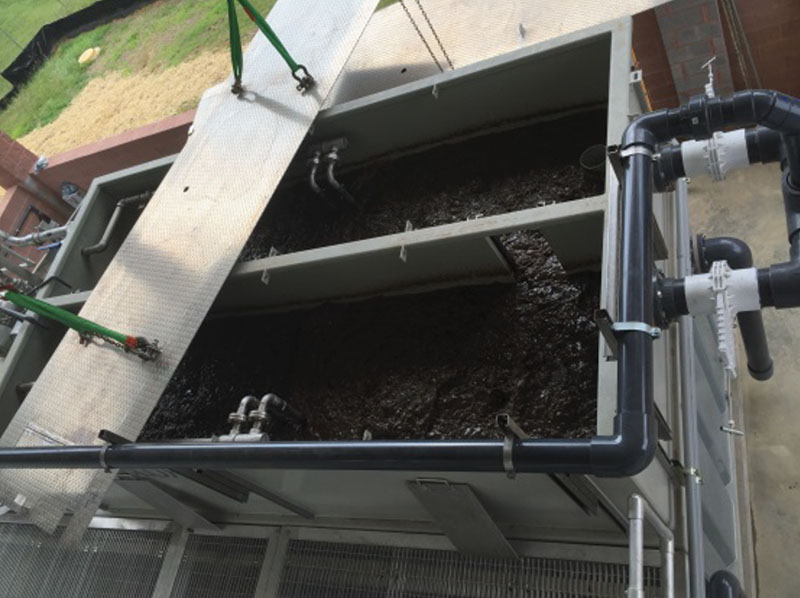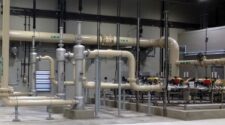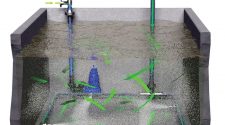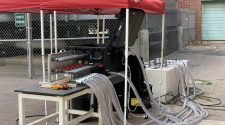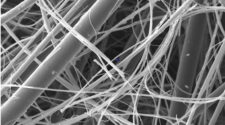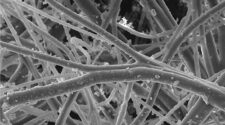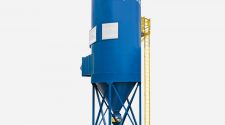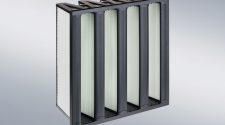Zero liquid discharge (ZLD) system market size is being driven by the declining level of freshwater sources globally, according to a new report by Global Market Insights. The level of wastewater from industry is rising at an alarming rate, and this water must be treated and recycled for continuous industrial usage. The rise of industrialization in developing economies such as India, China, Thailand, etc. are growing, which is also diminishing the supply of fresh water worldwide. Moreover, Global Market Insights says the ever-growing population is also an integral factor that is positively fueling the ZLD system market size in the near future.
Severe protocols created by the regional government bodies are compelling manufacturing organizations to set up ZLD units in their plants. These systems purify the wastewater and also recycle for further use in the manufacturing operations. The use of ZLD units in the production plants would help in keeping the ecosystem safe with a reduction in water borne diseases. Several government organizations are imposing strict guidelines concerning the disposal of wastewater, which would directly propel the demand for zero liquid discharge (ZLD) system market in the coming years.
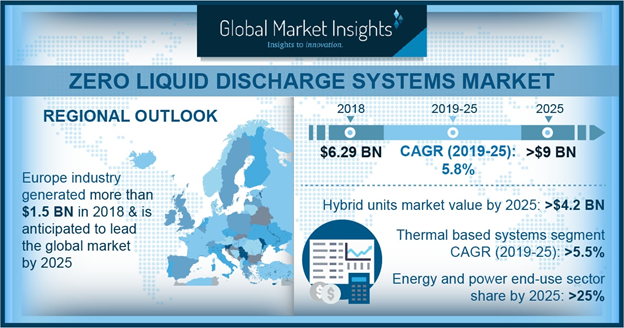
Set-up cost and operating expenses may prove to be a hindrance in the growth of the zero liquid discharge system market in the near term. In addition, ZLD units require a lot of space and skilled personnel to function, which can be a challenge for the smaller business. However, stiff guidelines will mandate the use of ZLD in various industries, directly fueling the product industry size in the near future.
The ZLD system market size based on its products are segmented into conventional and hybrid units. Hybrid units are projected to grow at considerable rate to exceed US $4.2 billion at the end of the expected timeframe. Hybrid units consist of pretreatment sections with brine purification, MVR evaporator, crystallizer and a solid separation unit, which helps recycling the wastewater continuously.
Thermal-based systems segment will exhibit a surge in its growth with a CAGR over 5.5 percent during the forecast period. Thermal based ZLD systems are mostly used with conventional units, since it helps in recovering more than 95 percent of the plant’s wastewater, while decreasing the remaining effluents as end products.
Energy and power end-use sectors will capture over 25 percent of the entire segment share in the coming year. Zero liquid discharge is quite imperative for the steam electric power industries, since the coal powered plants possesses a huge water consumption and challenging water disposal, this will positively influence the ZLD system market size by 2025.
Europe registered a revenue over US $1.5 billion in 2018 and is expected to dominate the product market size in the future. Many European countries are industrially strong and face water scarcity, which compels the use of zero liquid discharge system.
The prominent players in ZLD system market includes Aquatech International, Veolia, GEA Group, ALFA LAVAL, Suez Water Processes, H2O, Oasys Water, Aquarion, Praj Industries, ENCON, Kelvin Water, IDE Technologies, Austro Chemicals, and SafBon.


